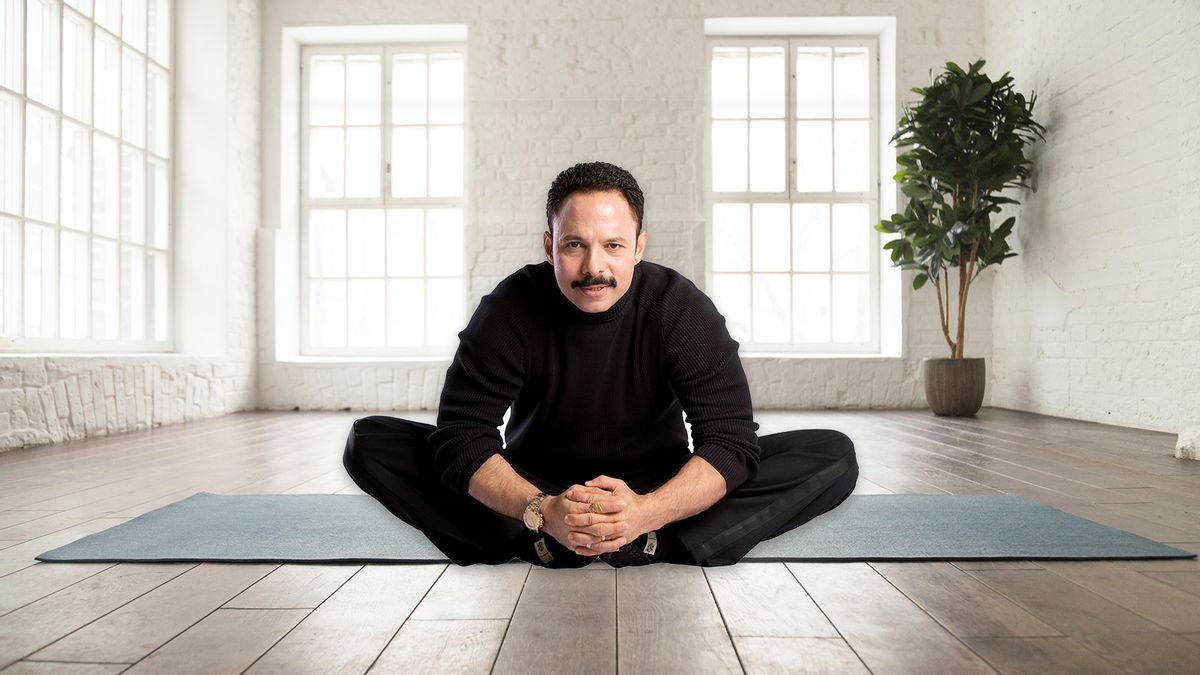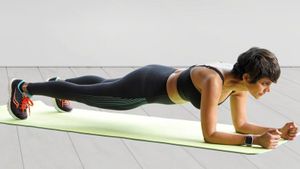If you thought building a home gym involves breaking a bank, fret not. With gyms being out of bounds until normal life resumes, we get global leading holistic health guru/corporate life coach, Dr Mickey Mehta to help you build a home gym and home workout regime using house furniture such as sofa, chair, bed, towel, pillow to burn those WFH calories and shake up the lazy sloth. So now more FOMO because gyms are shut, just dig out your workout clothes, and sweat it at your own sweet will (early morning, mid afternoon, or late nights) without shelling out on gym memberships.
Exercising with furniture and other home utilities
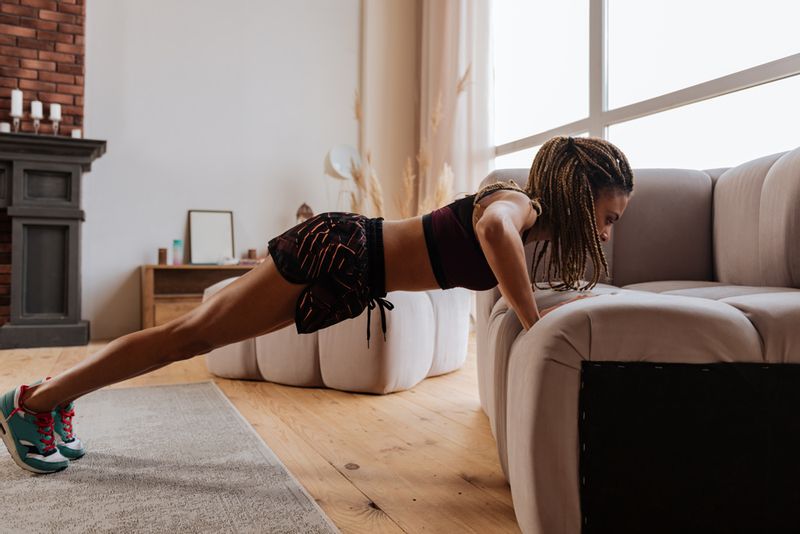
- Sofas and stools can be used as chest climbers. On a sofa you can do quarter bouncing or squats, squat jogs, skipping, and bounce half squats.
- Chairs can be used for legs and abs. Take the one that has handles, stretch your spine upwards in a reptile position, then push backwards and stretch your back. Do that around eight to 10 times. You can put one heal on the top of the chair and stretch your leg and try to touch your hands on the toes of the leg which is up. Repeat the same with the other leg as well.
- Put a towel around the handle of a door, hold from both hands and do squats; or pull the towel towards you and do the pulley exercise. You can even put it around your neck and stretch your arm as far as possible to do your back exercises.
Basic equipment you need to workout at home

- Resistance tubes for arms -- biceps, triceps, shoulders --, and for the chest.
- Push up stands for the cat stretch, planks, and pushups.
- A huge Swiss ball for core stability, stretching the back, and for core stomach workouts.
- Small medicine balls weighing one to two kilograms for strength and stability training.
- Thera-Band to stretch the length of your muscles for flexibility training.
For a proper gym set up
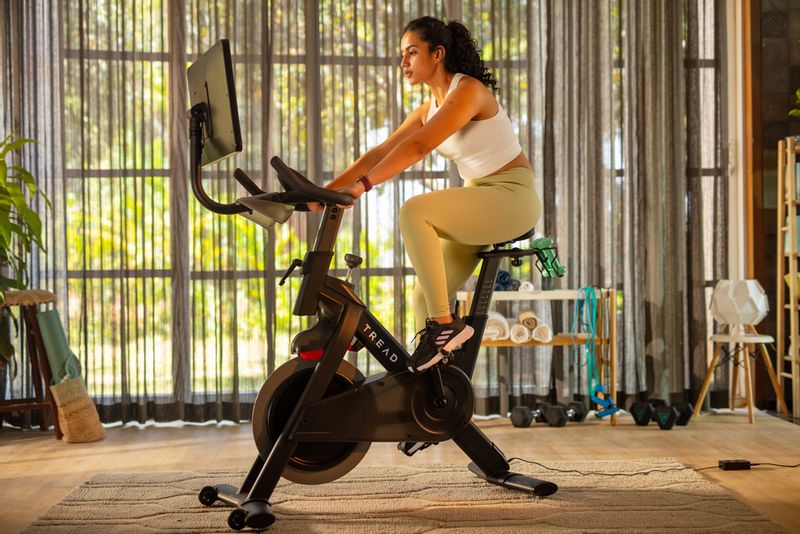
- Back pulley and dipping-chinning assist machine for parallel bar and pull ups.
- A Smith machine with pullies for shoulder press, bench press, and more steady stability exercises.
- Leg extension machines are good but a little cumbersome. However, a cross trainer really helps, especially for cardio fitness.
- If you live in a small apartment then instead of a Smith machine, you can simply put a bench-press bracket, which can double up for putting your barbells.
- Mini-multi gyms are good enough.
"Nowadays all these machines are available on wheels which can be locked. So, right in your hall, you can pull out your sofas and tables, bring the gym equipment in the front, and when you are done, you can just put them against the wall," Dr Mehta says. All you need is 20 to 22 minutes exercising, with one or two minutes on every machine.
While buying the right equipment
- Make sure that the foundation of the equipment is sturdy, not shaky and used.
- Get two years warranty with service.
- Make sure all equipment is fiber paint coated and none of there is no open-ended metal.
- When you move the equipment back and forth you must check that the movements are extremely smooth, and non-obstructive, and there are no vibrations either. That will tell you about the biomechanics of the equipment.
At home Yoga recommendations
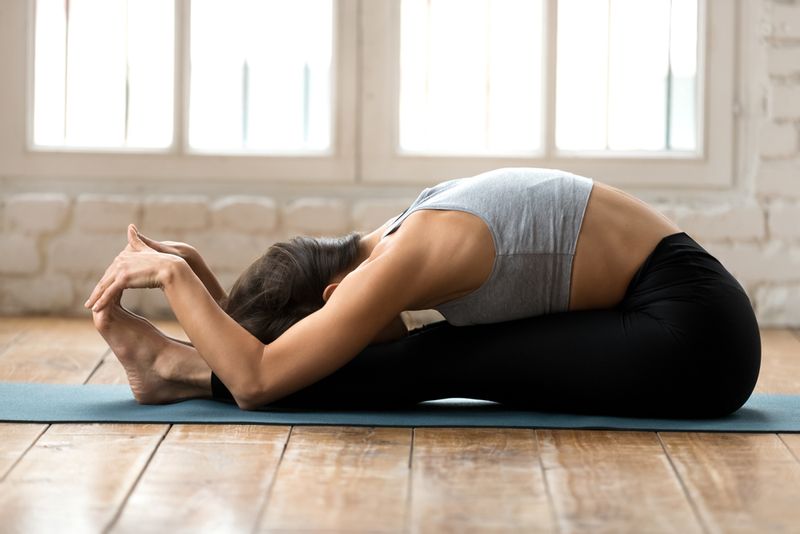
- Pranayama -- Training of regulated breath.
- Parvatasana -- The mountain.
- Bhujangasana -- The snake position.
- Viprit Naukasana -- Lying on your stomach (for back exercise).
- Dhanurasana – Bending the back.
- Paschimottanasana – Touching your toes.
- Halasana -- Taking your legs back and touching the floor.
- Chakrasana – Bridge position to be done with support and under supervision.
- Savasana – Resting pose.
- Anulom-Vilom -- Inhale, exhale.
- Bhastrika Pranayama -- Rapid inhalation and exhalation.
- Yoga Mudra -- Hand gestures that help boost flow of energy.
Points to remember while working out from home

- Make sure that the pace of the exercise is very slow.
- Breathe in when you are relaxing and breathe out when you are putting an effort.
- Make sure that you don’t do counts more than the capacity.
- You should not be panting; all your forms must be slow and relaxed.
- Don't push yourself in any angle.
- The best time to exercise is first thing in the morning or otherwise on an empty stomach.
- So, you must exercise at least three hours after a snack or a fruit, and at least five hours after a meal.
- Consume breath for breakfast first thing in the morning, soak yourself in the sun as the morning sunshine on the forehead helps in serotonin release, and have lots of herbal tea.
- For those who have odd working hours, whatever time you wake up, first exercise, have lot of herbal teas and fruits for the first three-four hours, and then have cooked meals.
- Never do weight training on a cold body (without warm up). You can do it either thrice a week or on alternate days.
- If possible, take a thorough massage once a week.
- Never do repetitions more than needed or more than your body can handle.
"Your pre-gym routine must be a chair workout, bouncing on the sofa, squat jogs, stretching of the arms; and post-gym routine is typically touching the toes i.e., paschimottanasana, and a combination of parvatasana and bujangasana, and of course the shavasana," he says.
If you are contemplating supplements, Mehta recommends using them only if you are doing competitive workout and not just maintenance and fitness workout, because a healthy nutrition plan full of nuts, seeds, dal, dahi, and fruits is enough. “Supplementation is required when you are pushing the limits of the body to do something extraordinary where it needs to recover and repair from wear and tear and needs excess fuel for its support and development.”


